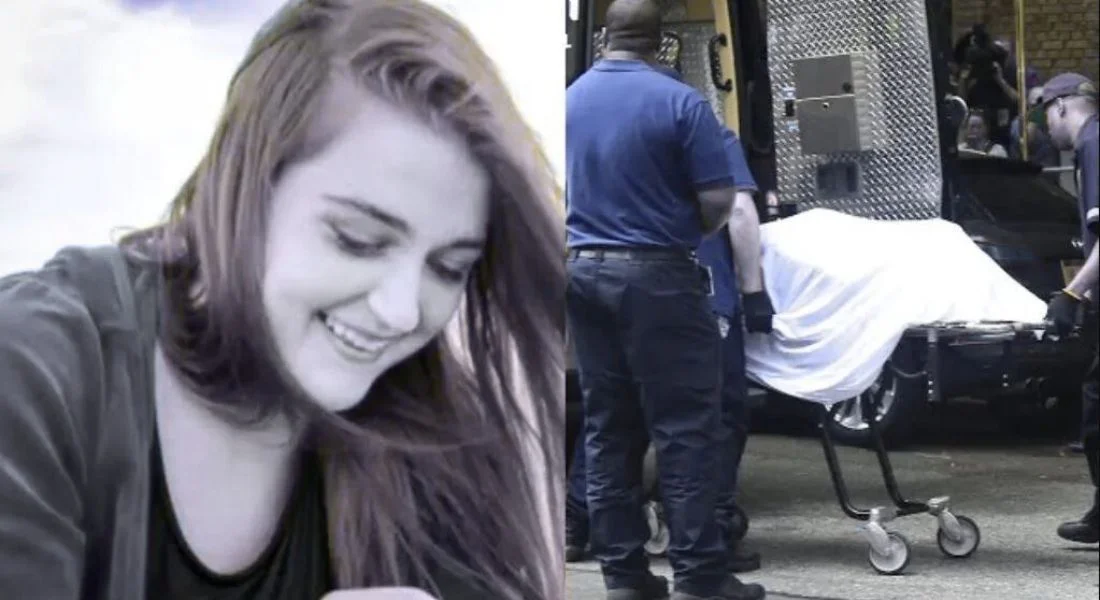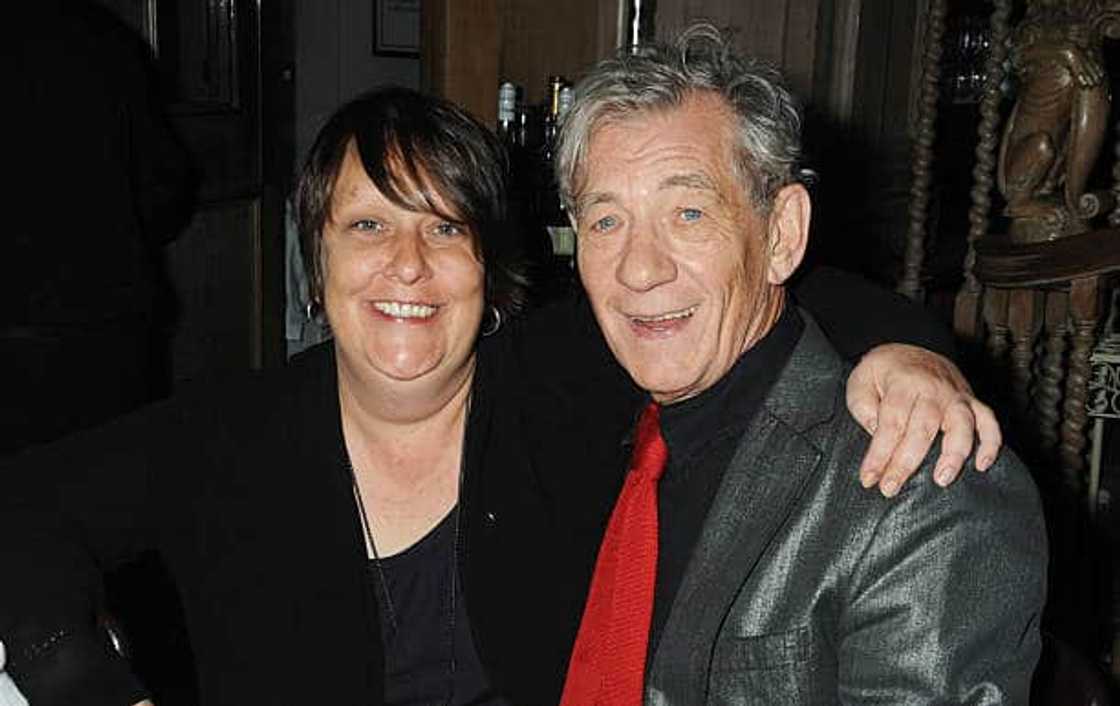The name Emily Gladstein has surged into online conversations, fuelled by viral TikToks, speculative Reddit threads, and numerous Facebook posts. What began as a tragic story has grown into a digital phenomenon—blurring the line between genuine remembrance and social media sensationalism. As users across the UK and beyond ask, “Who was Emily Gladstein?”, it’s time to unravel truth from fiction in a respectful, informative way.
While hashtags and trending searches have elevated her to near-mythical status, the facts surrounding Emily Gladstein’s life, family, and untimely death are both compelling and complex. This article explores her background, what is known about her tragic passing, the role of viral media in shaping her story, and the misconceptions linked to her name—including confusion with figures like Alex Gladstein and bizarre theories about the so-called “Gladstein hell house”.
Who Was Emily Gladstein?
The Emily Gladstein was a creative, passionate individual with a strong love for the performing arts. She described herself online as a devoted Stage Manager—someone who thrived behind the scenes, bringing theatrical visions to life. Her Instagram (@iamemilywhoami) reveals a woman proud of her work, longing to return to the stage, and deeply tied to her identity within the theatre world.
Beyond her artistic pursuits, Emily was also known to be close to her parents, Michael and Marilyn Gladstein. Social media comments and archived posts suggest a supportive family environment, although few personal details have been officially confirmed. Despite limited biographical information, Emily’s memory lives on through those who knew her and the broader online community that has taken an unexpected interest in her story.
The Tragic Death of Emily Gladstein
Emily Gladstein reportedly died in a tragic car accident in June 2022, though specific details remain unverified. Some sources reference an obituary published on Find a Grave, listing her birth year as 1993 and confirming her death in 2022. This loss marked the end of a young life filled with ambition and promise, yet it also marked the beginning of an internet-fuelled mystery.
As her name spread, especially across platforms like Facebook and TikTok, her story took on new—and often inaccurate—dimensions. People began asking, “What happened to Michael and Marilyn Gladstein’s daughter, Emily?”, and with limited official information available, speculation filled the vacuum. The tragic reality of her death became overshadowed by viral narratives lacking fact and empathy.
Viral Theories, TikTok Drama, and the Rise of the “Gladstein Hell House”
In the months following her passing, numerous TikTok creators began producing videos speculating about the circumstances of Emily’s death. Some went as far as claiming she had been kidnapped by terrorists in Gaza—completely false and without evidence. Others tied her name to stories of hauntings and urban legends about the “Gladstein residence”, branding it the “Gladstein hell house”.
One video depicted what appeared to be an abandoned home, claiming it once belonged to Michael and Marilyn Gladstein and that it was the site of unexplained paranormal activity. These theories went viral, not because they were true, but because they were crafted for clicks. The result? A tragic story became distorted by misinformation, leaving many wondering what was real and what was fantasy.
The Gladstein Family: Fact Versus Online Fiction
The names Michael and Marilyn Gladstein appear frequently in discussions, but the facts surrounding them are murky at best. Some online sources identify Michael Gladstein as a dermatologist in New York. Others suggest the family lived in a grand home in Huntington, NY. However, most of these claims remain unverified or pulled from unreliable internet threads.
Equally confusing is the mix-up between Emily Gladstein and Alex Gladstein, a well-known author and Bitcoin advocate. This has led to the keyword “Alex Gladstein books” appearing alongside searches about Emily—despite the two having no known connection. These misunderstandings are emblematic of the wider issue: how online content, when left unchecked, can conflate unrelated people and events into one viral story.
The Role of Social Media in Shaping the Emily Gladstein Narrative
In today’s media environment, stories like that of Emily Gladstein spread at bullet speed. TikTok videos, sometimes as short as 15 seconds, can reach millions, and when they contain dramatic music, haunting images, and emotional captions, viewers are quick to engage. Unfortunately, they often don’t stop to question accuracy.
While social media can be a powerful tool for remembrance and awareness, it also carries the danger of misrepresentation. In Emily’s case, genuine mourning became entangled with urban legend. Posts featuring the “Emily Gladstein house” or “Gladstein hell house” were shared thousands of times with little to no factual backing. And as curiosity grew, so did the myths—pushing the real Emily further out of focus.
What We Know (And Don’t Know) About the Gladstein Residence
Despite viral claims, there is no verifiable evidence that the Gladstein family home is abandoned or haunted. The idea of the “Gladstein hell house” appears to have originated from a combination of spooky storytelling, manipulated images, and coincidental addresses. What started as an internet curiosity quickly escalated into a widespread myth, fuelled by content creators seeking views.
Searches like “Michael and Marilyn Gladstein now” or “Gladstein family update” often lead to loops of speculation, with little to no hard data. Until official records or statements are released, much of the narrative remains built on digital fog rather than concrete truth.
The Importance of Truth in Digital Storytelling
At the heart of the Emily Gladstein story lies a cautionary tale—not just about tragedy, but about the digital age. When a name trends, people rush to learn more, but few take time to check their sources. As a result, lives like Emily’s are distorted by half-truths and viral exaggeration.
For audiences across the UK and globally, this raises important questions: How do we consume stories online? Are we honouring victims when we turn their lives into content? And can we, as a digital society, do better at distinguishing fact from fiction? Emily deserves to be remembered for who she was—not just who the internet imagined her to be.
FAQs About Emily Gladstein
What happened to Emily Gladstein?
Emily is believed to have died in a car accident in June 2022, although detailed public records are scarce.
Who are Michael and Marilyn Gladstein?
Identified as Emily’s parents, their roles and current whereabouts remain largely unknown and heavily speculated online.
Is Emily Gladstein connected to Alex Gladstein?
No. Despite search confusion, there is no known link between Emily and Bitcoin author Alex Gladstein.
What is the “Gladstein hell house”?
A viral internet myth claiming the Gladstein family home is abandoned and haunted. There is no credible evidence to support this claim.
Where can I find the real Emily Gladstein obituary?
A memorial listing appears on Find a Grave, confirming her full name as Emily Mae Gladstein (1993–2022).
You may also read: Jynxzi Real Name Revealed: Meet Nicholas Stewart, the Face Behind the Stream

